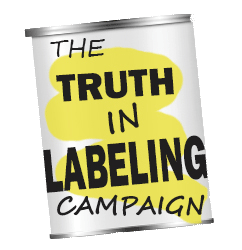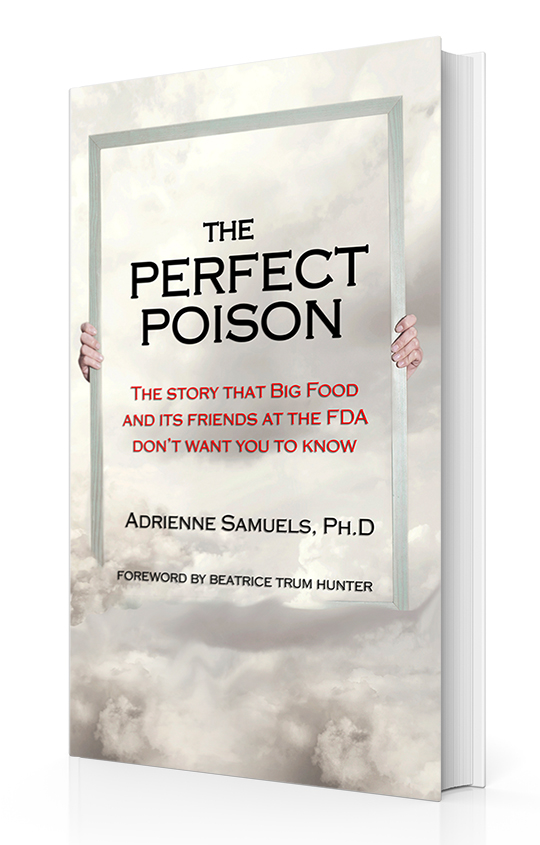In July 2024, the U.S, Food and Drug Administration finally gave the boot to brominated vegetable oil, commonly called BVO. Its food additive regulation was revoked, and this purely cosmetic additive — an oil modified with bromine – will eventually be phased out of the food supply.
BVO, which is used mostly in beverages for the highly important purpose of keeping ingredients all neatly blended, builds up in fatty tissue and has been shown to cause heart damage in research animals. The FDA was aware of this back in the late 1960s, but instead of taking action to ban its use, it did something most curious by creating a special regulatory place for BVO to reside. Deeming it neither safe or harmful, the FDA placed the ingredient in a new and special category in 1977 called “food additives permitted in food or in contact with food on an interim basis pending additional study.” And there it sat for decades.
This interim classification came about due to a lawsuit filed in the 1970s by the late consumer interest attorney James S. Turner and former director of the Center for Science in the Public Interest (CSPI) Michael Jacobson, to block its use as a food additive.
Over the years that BVO remained an “interim” food additive, it got company in that category. Acrylonitrile copolymers (banned from beverage bottles in the late 1970s and still used to make certain plastics such as food containers), mannitol (a sweetener), and the artificial sweetener saccharin, are all still legally used on an “interim basis.”
While BVO remained in regulatory limbo at the FDA, other countries took the lead in banning it. According to CSPI, BVO was banned in the UK in 1970, India in 1990, the EU in 2008 and Japan in 2010.
Perhaps anticipating that the boom would fall someday, the additive was previously phased out of popular beverages such as Gatorade and Fanta (made by PepsiCo and Coca-Cola, respectively), but according to today.com, a USDA database lists a whopping 600 products still containing BVO.
Some of the more popular ones include a citrus soda made by Keurig Dr. Pepper called Sun Drop, Orangette from Walmart and Giant brand orange soda.
And despite taking 47 years for the FDA to act on BVO, it’s not quite gone yet.
The pending ban becomes official on August 2, 2024, but manufacturers have another year to remove it from their products.
It should be noted that BVO, which was also patented by Dow as a flame-retardant additive in 2011, once resided on the FDA’s generally recognized as safe (GRAS) list. Other food additives in use today that have reams of scientific evidence attesting to their harm are currently considered GRAS. One of the more notable is monosodium glutamate (MSG).
In 2021 Adrienne Samuels, the late co-founder of the Truth in Labeling Campaign filed a petition with the FDA to strip MSG of its GRAS status. You can read the petition here and submit a comment to the FDA here.
If the action on BVO proves nothing else, it’s that although it might take a long time to accomplish, with enough consumer awareness and interest, today’s supposedly “safe” food additives may eventually become tomorrow’s banned ingredients.










